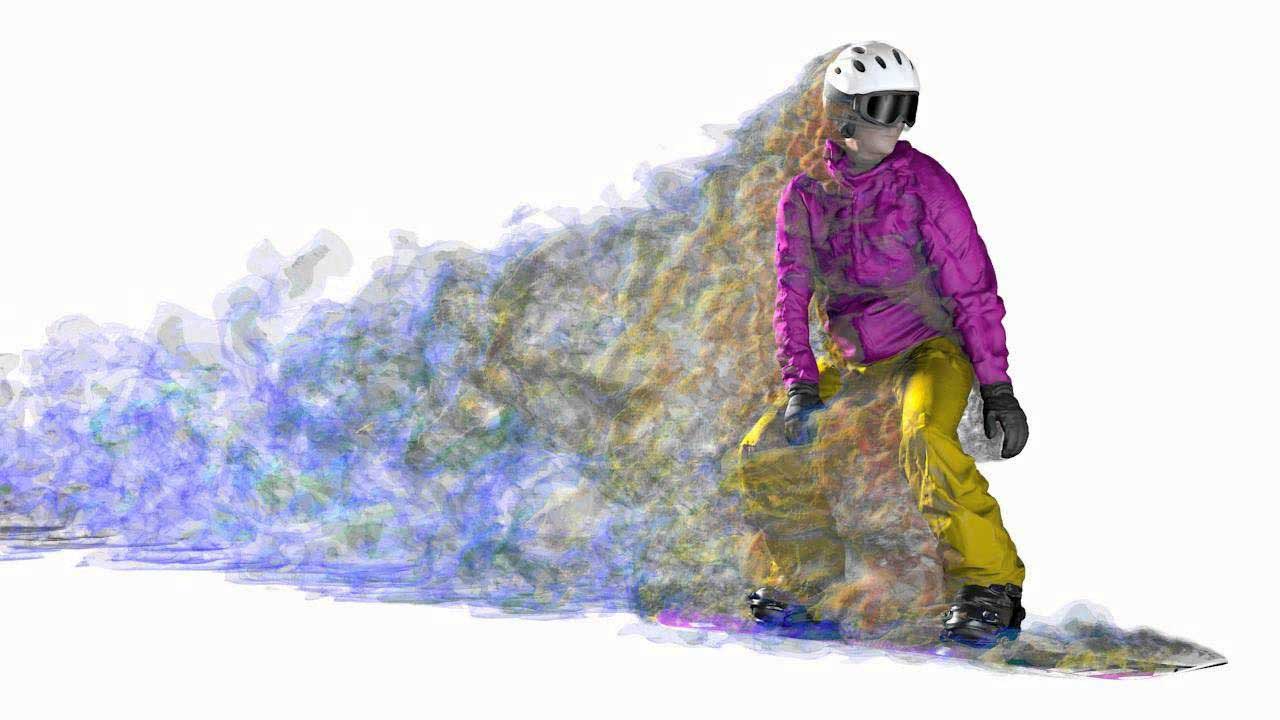BIOLOGICAL AGENT DISPERSAL
- Overview
- Understanding the importance understanding how airborne particles behave
- Computer models to describe open air release of Anthrax
- Creation of 300 m x 100 m testing facility
- Determine distance traveled based on spore size and wind speed
- Determine important parameters for facility to safely control dispersion
- Importance of the problem to society
- Immediate bio-terror-threat response training
- Contamination remediation for first responders
- Future response plans including timely contamination zone determination
- This must be researched in order to plan for an undesirable event
GLASS PLATE SIMULATION RESULTS
- Basic 2” diameter, 18” tall nozzle
- 5 m/s particle exit velocity
- 1 kg/ 15 min mass flow rate
- 1, 5, and 10 mph wind speeds
- Particles stick where they land
- 1x, 2x, 4x, 8x, and 16x particles
- Ideal Mesh
- Verified by mesh study
- Polyhedral mesh
- Prism layers



RESEARCH AND DEVELOPMENT
- Modeling Anthrax spore size and density
- 1.2 x 5 μm [1]
- 1.165 g/ml [2]
- Relative particle size
- 1.52×1014 spores/Kg
- Drag Coefficient
- Dominant viscous terms
- Re of 0.32-16.2
- Pollen similarity studies
- Viable spores 40 km offshore [3]
- Particle packing
- Packing density of 0.64 [4
- Environmental conditions
- Idaho Falls
- Avg. winds 7.4 - 9.6 mph
- Avg. humidity 61% [5]

LARGE SCALE SIMULATIONS
- Open air model
- Realistic wind gusts
- Causes vortex tripping
- Obstacles
- Berms around testing facility
- Variable sizes
- Higher berms create larger negative pressure traps
- Variable sizes
- Cars in a stadium parking lot
- Causes vortex tripping
- Berms around testing facility




FUTURE WORK
- The creation and testing of a prototype
- Use of detached eddy simulation (DES)
- Further investigation of several principles
- Spore sedimentation
- Thermophoresis
- Spore interaction
- Validate clumping models
- Realistic cross winds

Special Thanks To:
- Jake Israelsen
- Chris Springmeyer
- Will Wightman
- Camiel Zorn
- Idaho National
- Laboratory
- Michal Hradisky
References
- Journal of Clinical Pathology and Journal of Applied Microbiology
- Research and Technology Directorate of the Edgewood Chemical Biological Center at the U.S. Army Aberdeen Proving Ground
- NSF funded National Evolutionary Synthesis Center in North Carolina, 2010
- College of Engineering, Peking University, Beijing 100871, China, 2010
- Time and Date. Climate and Weather Averages in Idaho Falls, Idaho, USA. Published 2019

